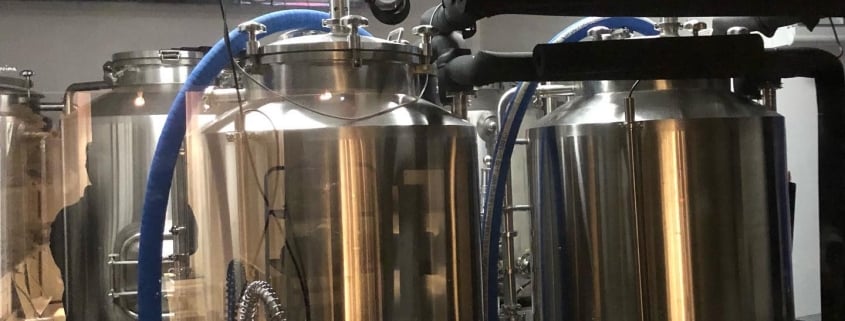Best Micro Distillery Equipment for Beginners
The Rise and Trend of Micro Distillery Equipment
Craft spirits have taken the world by storm, and at the heart of this movement is the explosion of micro distilleries. Ever wondered why suddenly everyone seems to know a friend who knows a friend starting their own gin or whiskey brand? It’s not just a fad—it’s a global trend driven by consumers’ growing thirst for unique, locally made, small-batch spirits. And guess what? The hero behind the scenes is micro distillery equipment.
Micro distillery equipment has empowered small businesses and passionate hobbyists to break into an industry that was once the playground of large-scale producers. With more accessible pricing, compact designs, and improved efficiency, micro distilling is becoming as approachable as home brewing once was. People are craving authenticity, story-rich labels, and the distinctive taste that only craft spirits can offer.
So, what exactly makes up micro distillery equipment, and how can you choose the right setup? Let’s dive right in.

What is Micro Distillery Equipment?
At its core, micro distillery equipment includes the essential tools and machines needed to produce distilled spirits on a small scale. Unlike large commercial distilleries that pump out thousands of liters daily, micro distilleries focus on quality over quantity. Think of it as the difference between a cozy coffee shop brewing artisan blends versus a giant coffee factory churning out mass-market beans.
A typical micro distillery setup includes several key components:
- Mash Tun: This is where the magic begins. Grains or fruits are mixed with hot water to convert starches into sugars.
- Fermentation Tanks: These vessels are where yeast transforms sugars into alcohol over several days.
- Distillation Stills: Often made of copper or stainless steel, the still is where the alcohol is separated from the mash through heating and cooling.
- Condensers: These cool down alcohol vapors back into liquid form.
- Storage Vessels: Where your spirits rest and develop character before bottling.
Micro distillery equipment is typically designed to fit in smaller spaces, ranging from garages and basements to small commercial units. It caters to boutique-scale production, giving room for experimentation, flavor customization, and artisan branding.
Key Factors Beginners Should Consider When Choosing Micro Distillery Equipment
Choosing the right micro distillery equipment can feel a bit like picking your first car. There’s excitement, but also a minefield of choices. Before you splash out on shiny copper stills, here are the critical factors beginners should weigh carefully:
Space Availability
You can’t squeeze a 500-liter still into a one-car garage and expect it to work smoothly. Measure your available space first. Factor in ceiling height, ventilation, and room for safely moving around the equipment.
Production Capacity
How much spirit do you want to produce per batch? Are you aiming for a few bottles for friends and family, or do you plan to sell at farmers’ markets? Beginners typically start with a 50 to 100-liter capacity.
Budget
Price tags can vary wildly. You might find a basic small-batch system for around $5,000, while high-end systems can exceed $50,000. Think carefully about what you can afford without overextending yourself.
Type of Spirits
Different spirits may require specific setups. Making whiskey versus vodka versus gin? Some systems offer modular designs to adapt to various spirits, which is a flexible choice for a beginner.
Compliance and Licensing
Before you jump in, make sure to check your local regulations. Distilling alcohol without the proper permits is illegal in many regions. A surprise visit from authorities is not the welcome party you want.
Heating Method
Are you considering electric, steam, or direct flame heating? Electric systems are often safer and more manageable for beginners.
Quality and Material
Copper is often the gold standard for distilling because it removes sulfur compounds, giving spirits a cleaner taste. Stainless steel is more affordable and durable but may not offer the same flavor refinement.
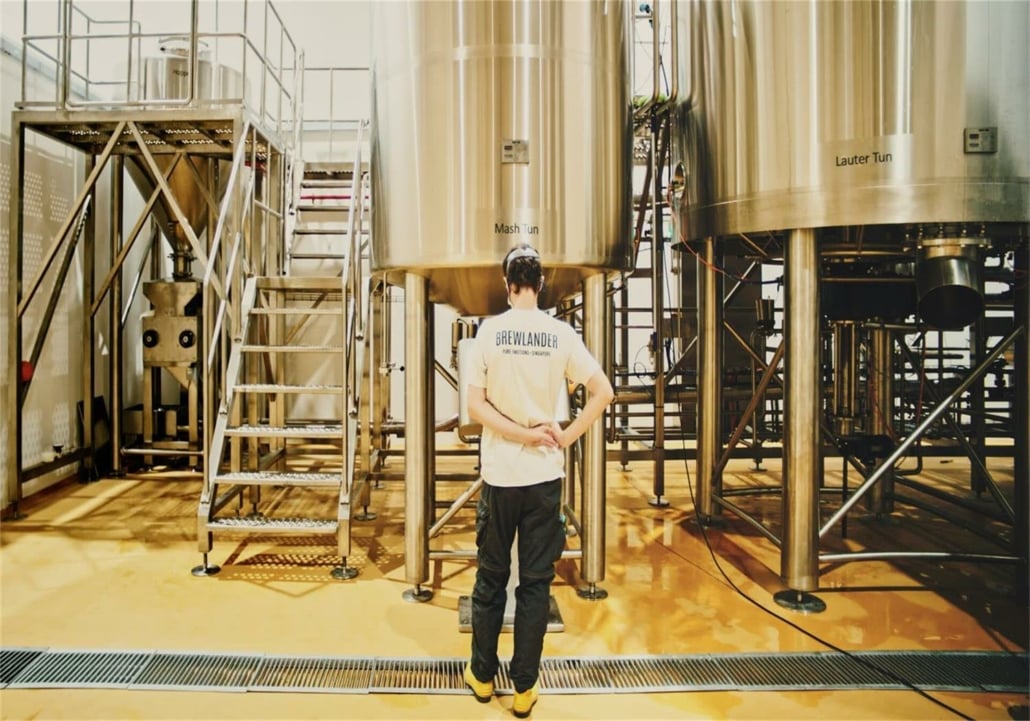
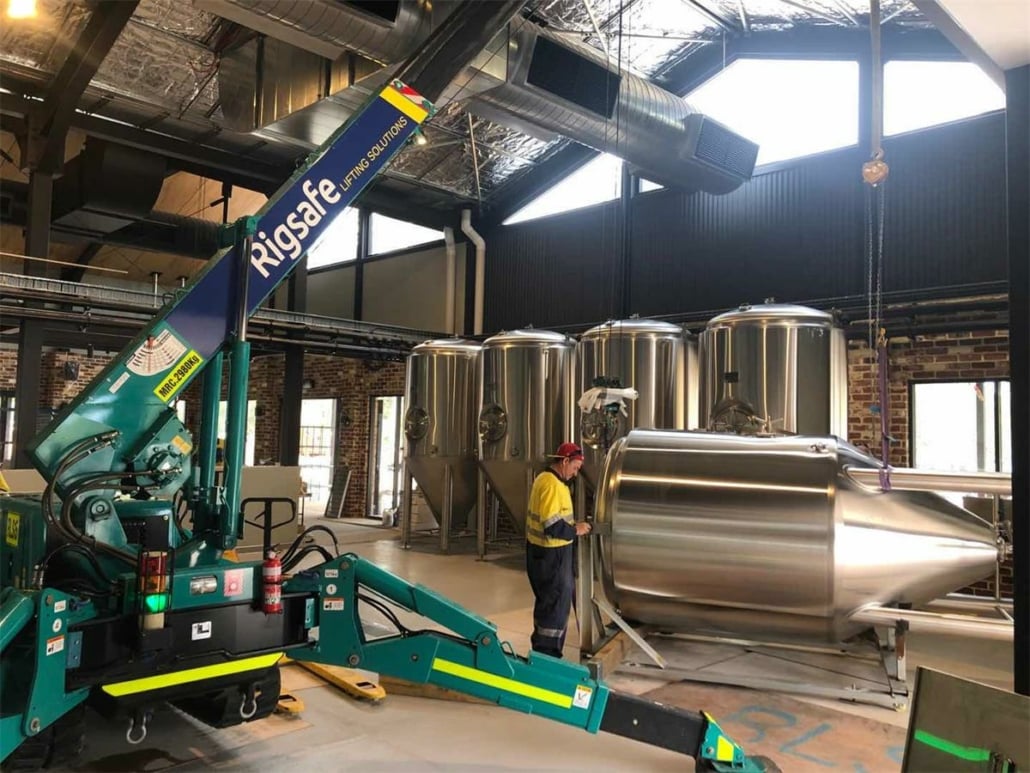
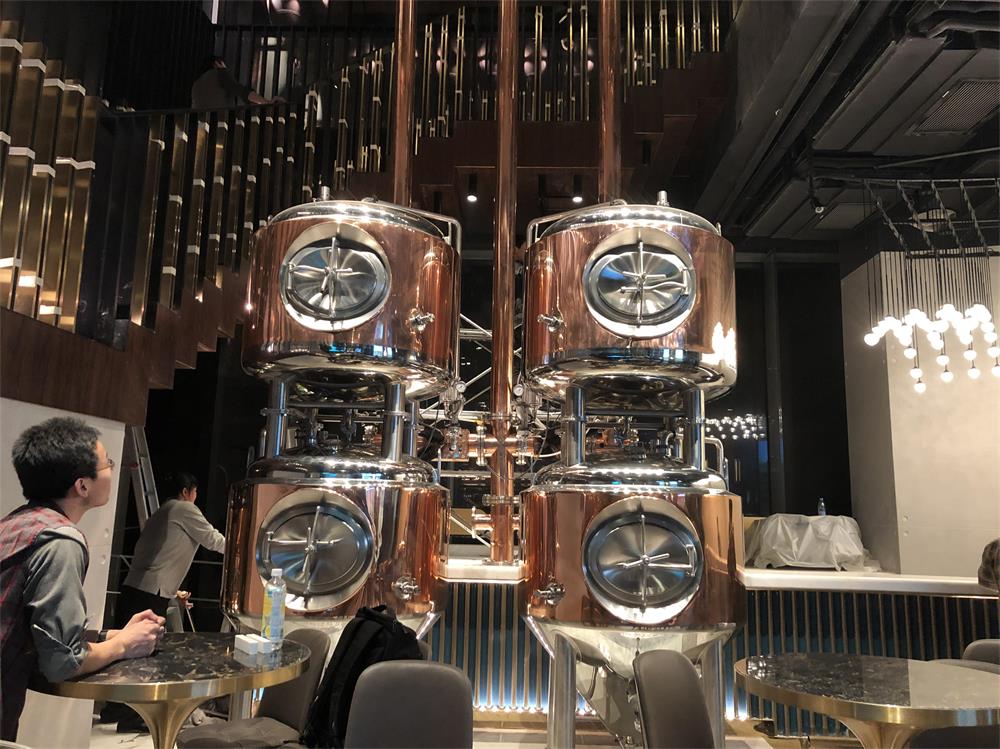


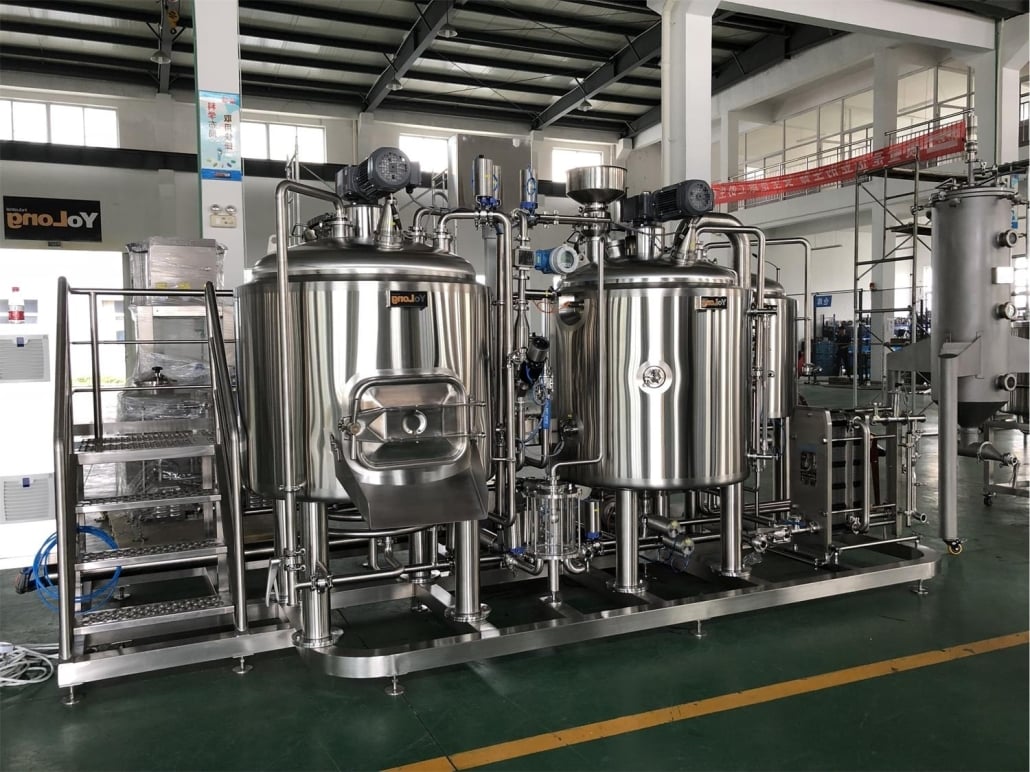
Recommended Micro Distillery Equipment for Beginners
Let’s talk about some micro distillery equipment setups that work well for entry-level distillers. These recommendations strike a balance between affordability, scalability, and user-friendliness.
Copper Pot Stills
Copper pot stills are a favorite for beginners. They are relatively simple to operate and ideal for making flavorful spirits like whiskey, rum, and brandy. The copper interacts with the distillate to remove unwanted sulfides, resulting in smoother products.
Reflux Stills
If you’re aiming to make high-purity spirits like vodka or gin, a reflux still is a smart choice. These stills allow multiple distillations within the column, producing cleaner alcohol with fewer impurities. Reflux stills can be more complex but offer versatile distilling options.
Modular Distilling Systems
Modular systems give you the best of both worlds. You can start with a basic pot still and later add reflux columns or gin baskets as your skills and ambitions grow. This approach saves money in the long run and allows customization.
All-in-One Distillery Kits
Some manufacturers offer all-in-one kits that bundle everything you need—mash tun, fermenters, stills, condensers—into one package. These are great for beginners who want a straightforward starting point without worrying about compatibility between parts.
Comparison: Advantages and Disadvantages of Micro Distillery Equipment in Different Price Ranges
Choosing the right equipment often comes down to budget. Here’s a detailed comparison of what you can expect from micro distillery equipment across low, mid, and high price ranges.
| Price Range | Features | Advantages | Disadvantages |
|---|---|---|---|
| Low-End ($3k – $7k) | Basic pot stills, smaller capacity (20-50L), limited modularity | Affordable, good for learning and home use | Less durability, limited scalability |
| Mid-Range ($7k – $20k) | Copper or stainless steel, 50-200L, some modular options | Balance of cost and performance, semi-commercial use | Moderate complexity, requires more space |
| High-End ($20k – $50k+) | Fully modular, automated controls, high-capacity (200L+) | Professional quality, scalable, versatile setups | Expensive, requires significant space and knowledge |
Low-end equipment is excellent for hobbyists or those testing the waters. Mid-range setups are perfect for small commercial operations, while high-end equipment is where you go when you’re ready to play with the big boys.
Recommended Entry-Level Brands of Micro Distillery Equipment
Finding a reputable brand is crucial, especially when you’re just starting out. Here are some popular entry-level micro distillery equipment brands that have earned solid reputations among craft distillers.
StillDragon
StillDragon offers highly modular systems that are perfect for beginners who want to scale up later. They’re known for great customer support and educational resources.
Hillbilly Stills
These guys make user-friendly copper stills that are well-loved by the hobbyist community. They focus on simplicity and practicality, making them ideal for first-timers.
Affordable Distillery Equipment
True to their name, this company focuses on providing budget-friendly setups without compromising too much on quality. They offer various kits suited for small-batch operations.
Brewhaus America
Brewhaus America is a go-to for those looking for complete systems and quality parts. Their stainless steel stills are durable, and their customer service is often praised in online forums.
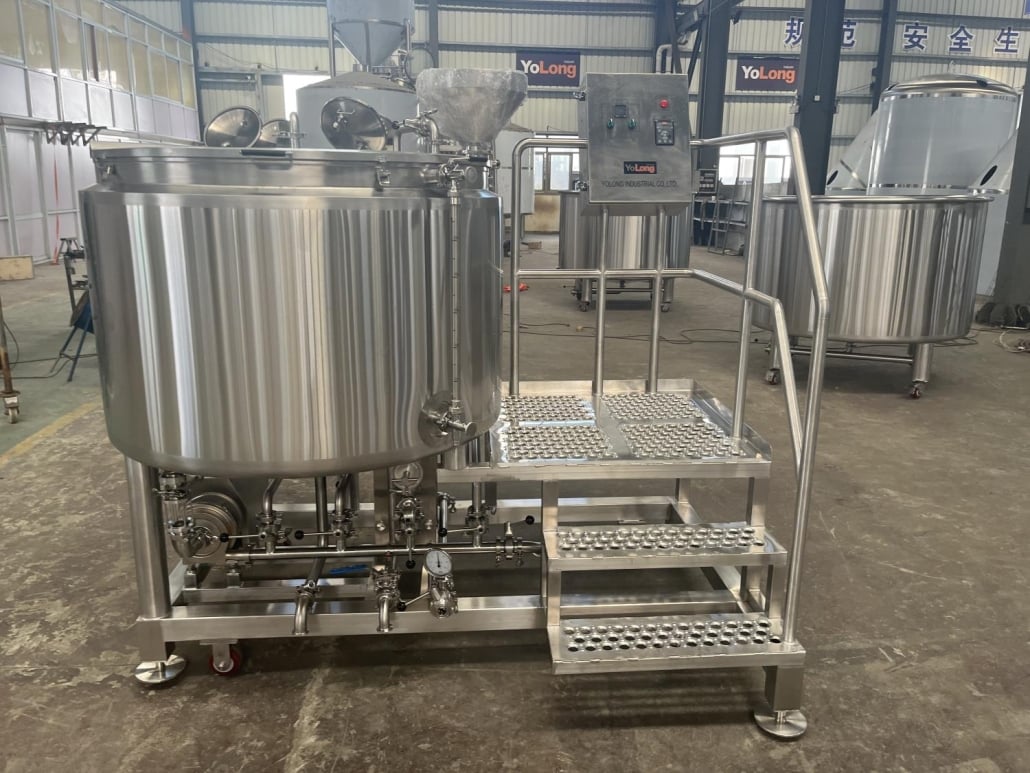
FAQ
| Frequently Asked Questions | Answers |
|---|---|
| Is micro distilling legal at home? | It depends on your location. Always check local laws and obtain permits. |
| How much space do I need? | A small setup can fit in a garage; commercial setups need larger areas. |
| Can I make different spirits with one setup? | Yes, especially if you use modular or reflux stills. |
| Is copper better than stainless steel? | Copper enhances flavor but is more expensive. Stainless steel is durable. |
| How long does it take to make spirits? | It varies: fermentation takes days, distillation a few hours per batch. |
| What is the best beginner spirit to make? | Many start with whiskey or rum due to easier processes and forgiving flavors. |

